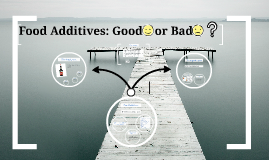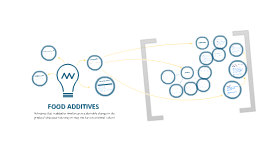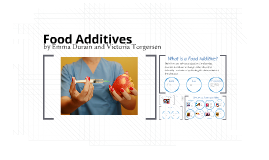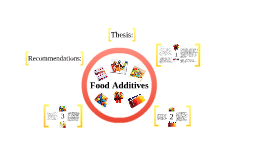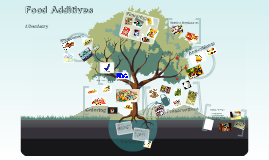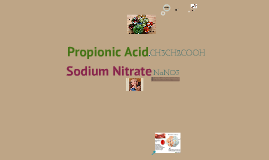Food Additives
Transcript: What are Food Additives? Flavors additives that give food a particular taste or smell Propionic Acid CH3CH2COOH Sodium Nitrate NaNO3 Can damage your health diet high in sodium nitrites may lead you to bad health condition Food Additives Although food additives may harm our health, we cannot stop using and eating food additives. But we can still avoid taking a lot of food additives by checking labels on the foods and making wise choice. Sustainable Table http://www.sustainabletable.org/issues/additives/ Live strong.com http://www.livestrong.com/article/416466-the-harmful-effect-of-sodium-nitrite-in-food/ Wikipedia http://en.wikipedia.org/wiki/Sweetener#Saccharin I food http://www.ifood.tv/blog/effects-of-food-coloring-on-health Food insight organization http://www.foodinsight.org/Resources/Detail.aspx?topic=Food_Ingredients_Colors Thank you for your attention. Aspartame stevia, aspartame, sucralose, neotame, acesulfame potassium, and saccharin Chicken Flavor Bulking agents Safety issues Antioxidants attention deficit Natural sweetener Humectants strictly regulated by each country cancer accidentally created by an experiment using toluene derivatives Stabilizers Emulsifiers prevent bacterial or fungal growth Good for people who are overweight and diabetic! Green 3(C37H34O10N2S3Na)- Carcinogenic links-Beverages, puddings, ice cream, sherbet, cherries, baked goods Tracer gas Sweeteners It's not good:( Safe Propionic acid inhibits the growth of mold and some bacteria Easier to make more various and vivid colors Preservatives C7H5NO3S Artificial sweeteners Glazing agents Derived from plant, animal or mineral sources which have been processed in some way Thickeners frozen desserts, gelatins, beverages, and chewing gum the taste of toothpastes, dietary foods, and dietary beverage SAFE vs UNSAFE artificial sweeteners used, so very low calorie! Artificial preserves the food and prevent bacterial growth Expensive http://www.sustainabletable.org/issues/additives/ Red 40(C18H14O8N2S2Na2) - Different kinds of allergies- Gelatins, puddings, confections, beverages, condiments Natural coloring additives Allergies behavioral disturbances Anticaking Agents Controversy on artificial sweeteners Colour retention agents Natural Can be produced in large quantities at a cheaper price bitter aftertaste References: Artificial coloring additives honey, xylitol, maple syrup etc. COLOR*FOOD= APPETITE / agitation Acids Saccarin HOME COOKING = Acidity regulators about 200 times as sweet as sugar Preservatives Blue 2(C16H8O8N2S2Na2)- Brain tumor, nausea and allergies- Baked goods, cereals, snack foods, ice cream, confections, cherries High intensity sweetener, low calorie - little amount used Smell of the food is highly attractive to human brain Difficult to produce in large quantities :any dye, pigment or substance that imparts color when it is added to food or drink *to offset color loss due to exposure to light, air, temperature extremes, moisture and storage conditions *to correct natural variations in color *to enhance colors that occur naturally *to provide color to colorless and "fun" foods FOOD INDUSTRY What do color additives do? prevent oxidation Derived from petroleum distillates or coal tars / essentially synthetic chemicals created in laboratories more stable in somewhat acidic conditions, so used for soft drinks inhibit natural ripening of fruits and vegetables adds attractive color to meat and fish Coloring Additives 300 to 500 times as sweet as sugar (sucrose) substances added to food to enhance its flavor and appearance Antifoaming agents + from berries, fruit, vegetables, and mushrooms Red3 (C16H8O8N2S2Na2) - Tumors related to thyroid- Canned Cherries, confections, baked goods, snack More attractive and delicious food aspartic acid * phenylalanine Food Colouring tumor







